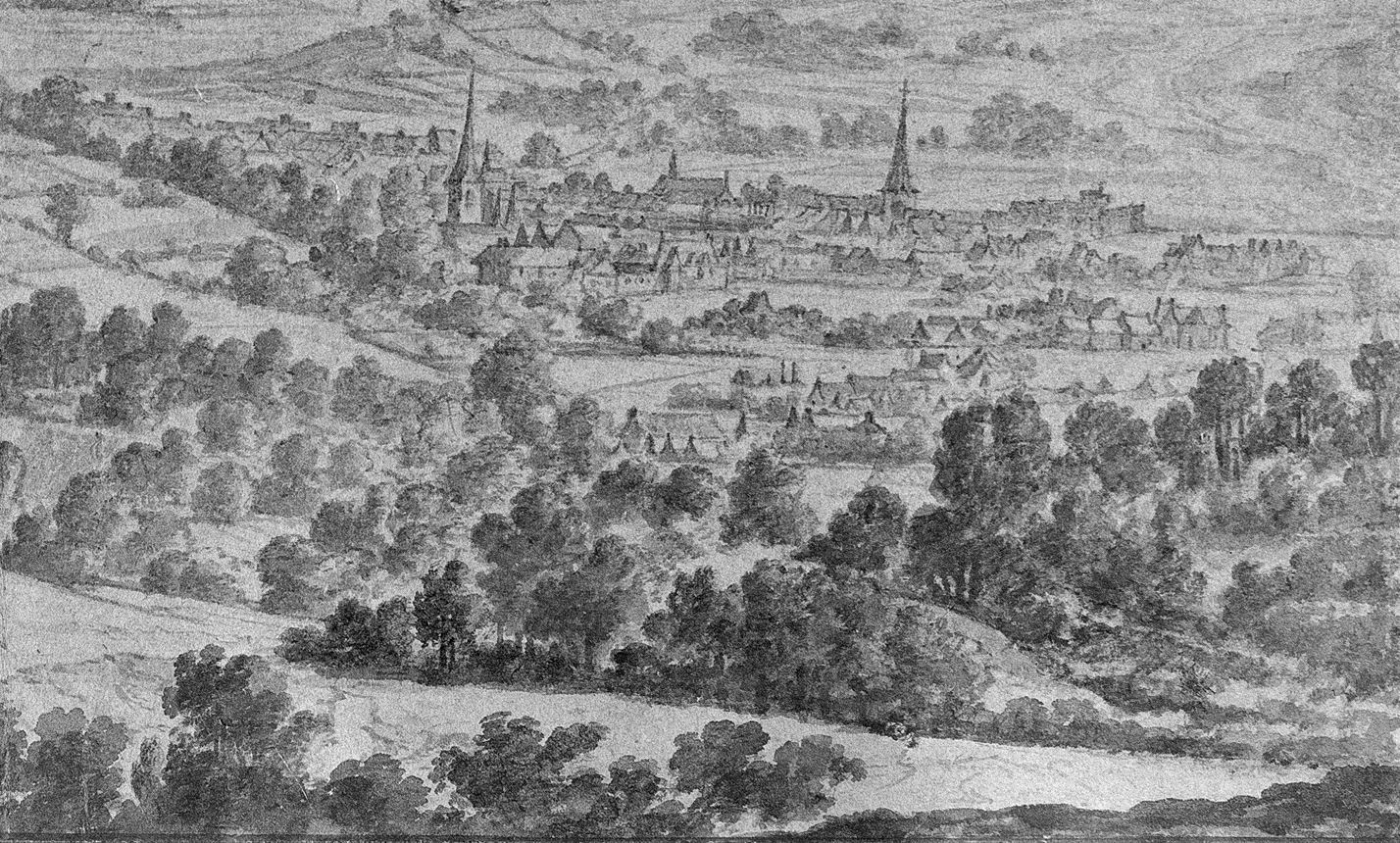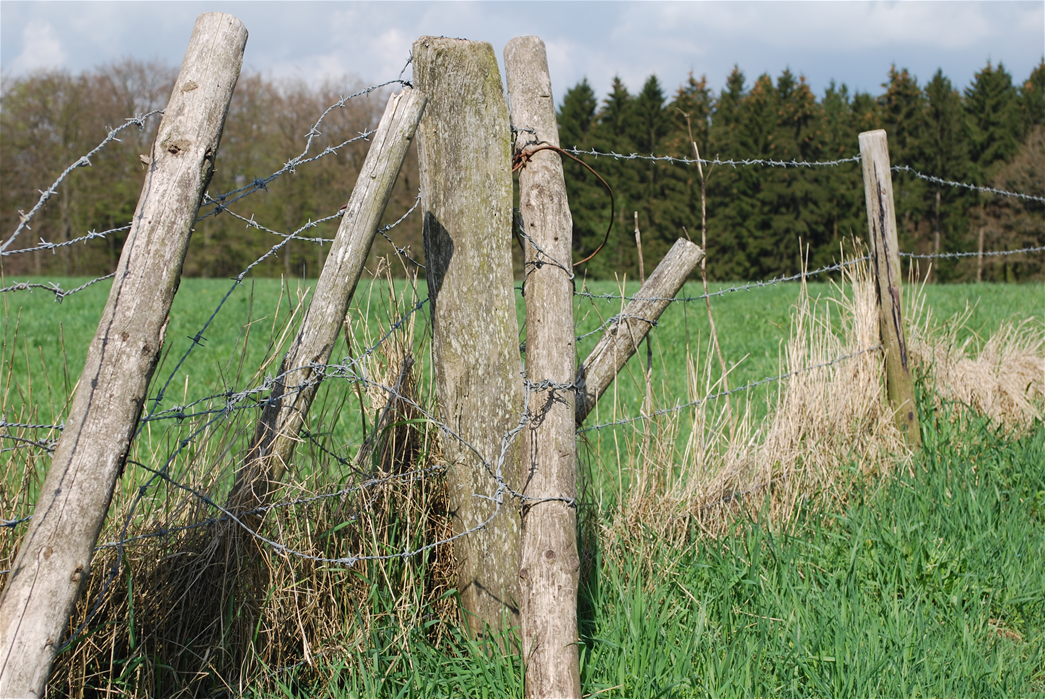Barbed wire was invented in the United States. On the other side of the Atlantic, cattle ranchers drove their semi-wild Longhorn cattle across the Great Plains from the south to the north, where the big slaughterhouses were located, including Chicago. As settlement increased, so did the value of land. Farmers wanted to protect their crops from cattle; railroad companies sought to protect their lines, and ranchers needed to seal off their pastures. Many inventors came up with precursors to barbed wire. The type of barbed wire that eventually caught on was patented by Joseph F. Glidden in 1873. Barbed wire was first manufactured on an industrial scale in 1874. Five tonnes were produced that year; by 1883, 100,000 tonnes had been produced in the US alone.
Barbed wire had been manufactured and sold in Europe since 1884. However, it remained too expensive for many European farmers, including those in the Eifel region. Meadows and fields had previously been enclosed by stone walls, wooden fences, or hedges. In addition, the task of herding cattle was still carried out by children, who were unpaid. The population did not consider it a disadvantage that they could not attend school during this time. Hence, cattle herding was the biggest obstacle to universal education in the 19th century.
During the First World War, barbed wire became a mass product –on the battlefields at first,. From 1920 it was increasingly used to fence off meadows, pastures and fields, including in the Eifel. In the communities of Büllingen and Bütgenbach, in particular, the hedgerows have been preserved.
By and by, this new type of fence became affordable, and a sign of ownership, fought over in endless court battles. Today, barbed wire fences are slowly disappearing from the fields. Over the past few years, more and more large-scale farms in the Eifel region have introduced year-round housing. The disappearance of barbed wire is also a sign that the land is increasingly in the hands of a few. The fragmentation of the landscape into small meadows, fields, and plots by barbed wire, which began gradually in the 1960s, is slowly becoming obsolete. Yet, the struggle over grazing leases, tenancy rights, and land boundaries is probably just as fierce today as it was in the days of barbed wire.
Carlo Lejeune
Further reading:
Joseph Dries, Landwirtschaft auf dem Weg zur Monokultur. Klima, Märkte und Strukturen als beständige Herausforderungen, in: Carlo Lejeune (ed.), Grenzerfahrungen. Eine Geschichte der Deutschsprachigen Gemeinschaft Belgiens, vol. 3: Code civil, beschleunigte Moderne und Dynamiken des Beharrens (1794-1919), Eupen 2016, pp. 142-163.

